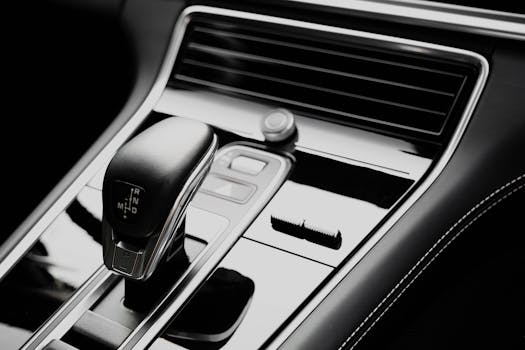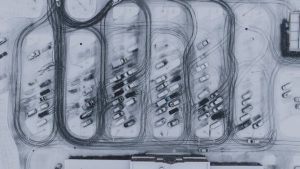Green Driving Habits: Maximizing Efficiency in Any Car
The rise of green living and sustainability has spurred many individuals to make conscious choices about their daily habits. This includes how we drive our cars. With concerns about climate change and the environment, the concept of green driving has become increasingly popular. But what does it mean to drive green? How can we maximize the efficiency of our vehicles? In this article, we will explore the concept of green driving and provide tips on how you can turn your daily commute into an environmentally-friendly and cost-effective practice.
What is Green Driving?
Green driving refers to the use of environmentally-friendly and energy-efficient practices while operating a vehicle. It takes into account factors such as fuel economy, emissions, and overall impact on the environment. The goal is to reduce the carbon footprint of individual drivers and contribute towards a greener and more sustainable future.
The Importance of Green Driving
The transportation sector is a significant contributor to greenhouse gas emissions, with cars and trucks accounting for a large portion of these emissions. According to the U.S. Environmental Protection Agency, passenger vehicles emit roughly 4.6 billion metric tons of carbon dioxide annually. Green driving can help reduce these emissions and ultimately contribute towards mitigating the effects of climate change.
Additionally, adopting green driving habits can also save you money. By practicing efficient driving techniques, you can improve your fuel economy and reduce your fuel costs. This, in turn, can also lead to a decrease in vehicle maintenance expenses.
Ways to Maximize Efficiency in Any Car
1. Maintain Your Vehicle
Regular vehicle maintenance is crucial for optimal efficiency. Keep your car tuned, and ensure that the tires are properly inflated. A poorly tuned engine can consume up to 25% more fuel. Underinflated tires can also lead to decreased fuel economy. By regularly maintaining your vehicle, you can improve its performance and reduce fuel consumption.
2. Drive at a Steady Pace
While accelerating and braking may be inevitable while driving, they also consume a significant amount of fuel. Gradually accelerating and braking at a steady pace can help improve your fuel efficiency. It may take some getting used to, but this technique can save you money and reduce emissions.
3. Avoid Idling
Idling your vehicle not only wastes fuel but also contributes to air pollution. If you need to stop for longer than a minute, consider turning off your engine. Restarting your car uses less fuel than letting it idle for extended periods.
4. Lighten Your Load
The heavier your car is, the more fuel it needs to operate. Take the time to declutter and remove any unnecessary items from your vehicle. A lighter car requires less energy to move, increasing your fuel efficiency.
5. Avoid Peak Traffic
Sitting in traffic consumes a significant amount of fuel. If possible, avoid peak traffic times and opt for alternative routes to your destination. This can save you time, fuel, and reduce emissions.
6. Use Cruise Control
Cruise control is a useful feature that can help maintain a constant speed, leading to better fuel efficiency. It is especially beneficial for long-distance driving on highways.
Choose a Green Vehicle
If you are in the market for a new car, consider investing in a more fuel-efficient model. Hybrid and electric cars are becoming increasingly popular, and offer significant benefits in terms of fuel economy and emissions reduction. If you are not in a position to purchase a new car, you can still make a difference by implementing green driving practices in your current vehicle.
Conclusion:
Driving green is more than just a trend; it is a conscious effort towards creating a cleaner and more sustainable future. By following these tips and incorporating green driving habits into your daily routine, you can reduce your carbon footprint, save money, and contribute towards a healthier environment. Let’s all do our part in making our roads greener, one drive at a time.










